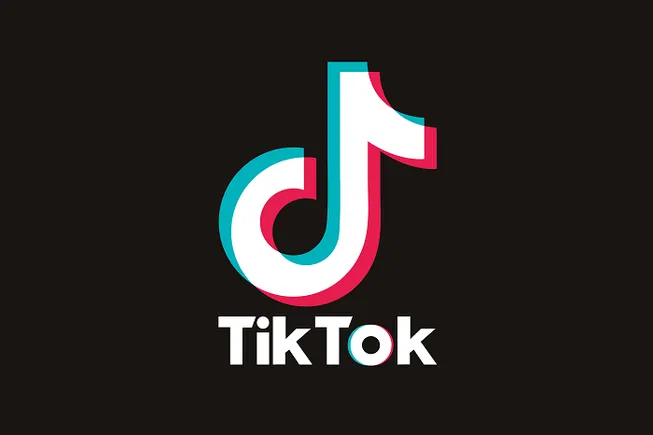From Culture Fit to Values Fit
In recent years, there has been a shift in how companies approach hiring and building their teams. The traditional idea of hiring based on culture fit has evolved into a more nuanced approach known as values fit. While culture fit focuses on finding candidates who align with the existing culture of a company, values fit goes deeper by focusing on the core values that drive both the individual and the organization.
The Rise of Values Fit
As companies have come to understand the importance of diversity and inclusion in the workplace, the concept of culture fit has come under scrutiny. While culture fit can lead to a homogenous workforce where everyone thinks and acts the same, values fit allows for a diverse range of perspectives and approaches that can lead to greater innovation and creativity.
Values fit is about finding candidates who share the core values of the company, such as integrity, collaboration, and accountability. By focusing on values, companies can build a team that is not only aligned in their goals but also in how they approach challenges and make decisions.
Why Values Fit Matters
Values fit is essential for creating a strong and cohesive team. When individuals share the same core values, they are more likely to work well together, communicate effectively, and support each other in achieving common goals. This can lead to increased employee satisfaction, productivity, and overall success for the organization.
Furthermore, when companies hire based on values fit, they are more likely to attract and retain top talent. Employees who feel aligned with the values of the company are more likely to be engaged, motivated, and committed to their work. This can result in lower turnover rates and higher levels of performance across the organization.
How to Assess Values Fit
Assessing values fit requires a careful and deliberate approach. Companies can start by clearly defining their core values and incorporating them into their hiring process. This can involve asking candidates about their own values and how they align with those of the company, as well as using behavioral assessments and interviews to gauge their alignment.
It is also important to create a culture that supports and reinforces the core values of the organization. This can be done through training, communication, and recognition programs that highlight and celebrate employees who embody those values. By creating a strong values-driven culture, companies can attract and retain employees who are passionate about the work they do and the values they uphold.
Conclusion
As the workplace continues to evolve, the shift from culture fit to values fit represents a positive step towards creating more diverse, inclusive, and successful organizations. By focusing on core values, companies can build teams that are not only aligned in their goals but also in how they approach challenges and make decisions. Values fit is essential for creating a strong and cohesive team, attracting and retaining top talent, and driving overall success for the organization.
FAQs
What is the difference between culture fit and values fit?
Culture fit focuses on finding candidates who align with the existing culture of a company, while values fit focuses on core values that drive both the individual and the organization.
Why is values fit important in the workplace?
Values fit is important because it creates a strong and cohesive team, attracts and retains top talent, and drives overall success for the organization.
How can companies assess values fit?
Companies can assess values fit by defining core values, incorporating them into the hiring process, and creating a culture that supports and reinforces those values.




